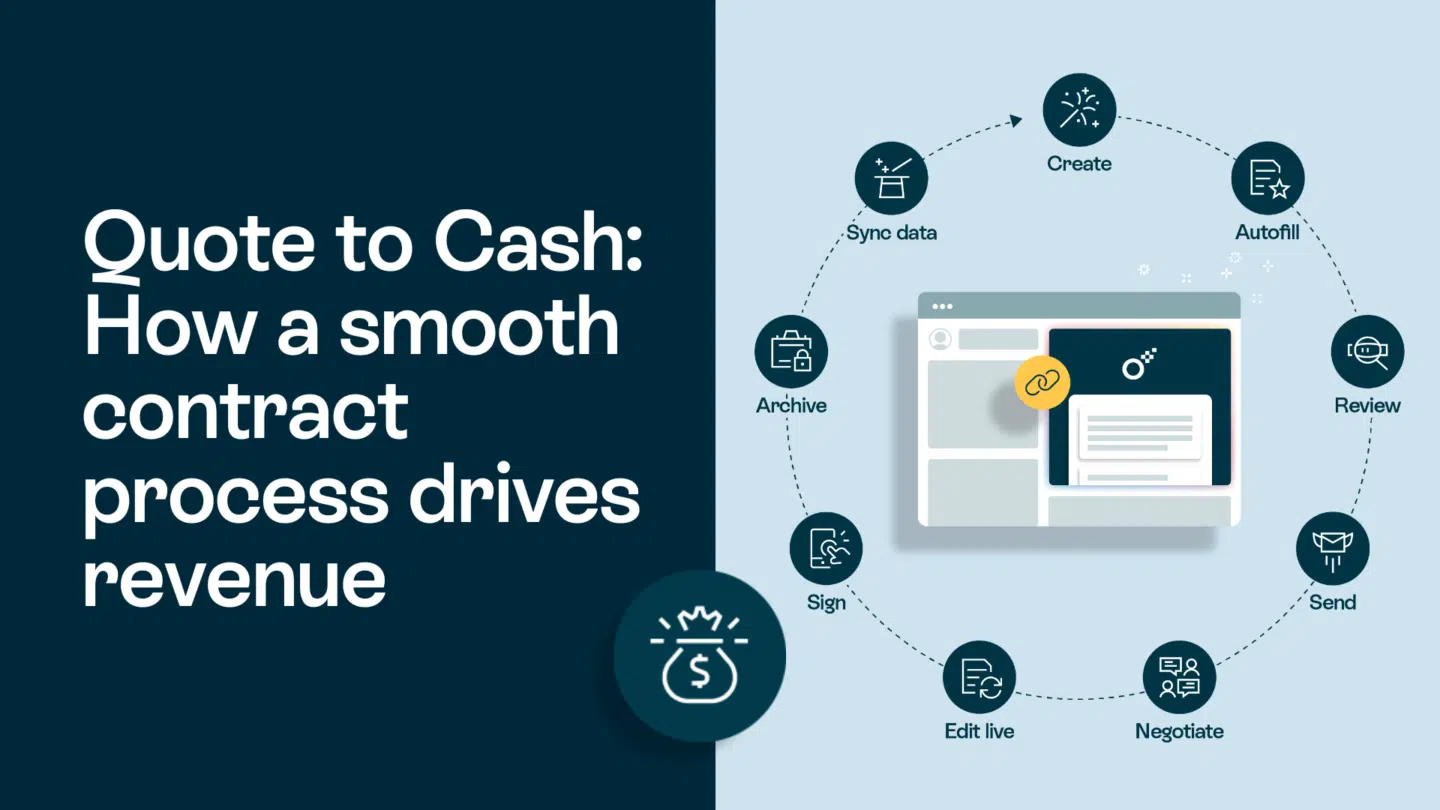Struggling to close deals? Wondering why some marketing campaigns fall flat? Every single business knows that understanding the customer is important. But are you making intelligent use of the insights your customer relationship management (CRM) system generates? If you’re not convinced you are, you’re potentially leaving money on the table, especially considering how customers these days expect tailored, personalised messaging and service.
The good news is that the goldmine of CRM analytics you’re sitting on can be your roadmap to higher sales and increased revenue. Don’t worry—this article will help you to unlock the full potential of your customer data and boost your bottom line.
What is CRM analytics?
Your CRM collects a ton of customer data. It meticulously gathers everything from basic information like contact details and purchase history to in-depth details like communication logs and support interactions.
It could show that a customer has a data engineering certification, that they have a passion for wildlife photography, or even their favorite sports team. Anything like that can help track, improve, and personalise the customer’s journey.
All that data, though, won’t help you make informed decisions if it’s just sitting there. That’s where CRM analytics comes in to analyze and interpret the information. In this context, using a data clean room can be pivotal. This allows secure, privacy-compliant analysis of combined data sets from different sources, enhancing the depth and reliability of insights.
Essentially, it’s all about making sense of the mountain of data stored in your CRM system.
So, instead of drowning in spreadsheets and reports, you can turn that data into actionable insights that drive real results.
Read also: 10 best practices of using CRM

How CRM analytics can boost sales and revenue
Customer Relationship Management (CRM) software revenues have become the largest of all software markets and revenues are expected to reach over $80 billion by 2025.
We’ve established that CRM analytics is a pretty powerful tool. But how exactly can that translate to more sales and revenue for your business?
Let’s consider the various ways CRM analytics can fuel your business growth by impacting the nine key areas below.
1. Understanding customer behavior
Your customers are the heart of your business, so it’s a no-brainer that you must gain insights into their needs and pain points. There’s no way to do so without putting yourself in their shoes. It’s the key to serving them better.
You can learn your customers’ buying habits, for instance, by analyzing their purchase history. That will reveal patterns like what they buy, how often, and average order value. To what end? Well, now you can predict their future needs and tailor your marketing. More on that later.
Understanding your customer also means you can keep up when their needs change, as they tend to do.
2. Personalizing marketing communications
Generic one-size-fits-all marketing efforts and messaging? It’s not 1992. These days, your customers expect a deeper connection, a sense that they’re seen and understood.
Marketing teams are bombarding them with messages daily anyway, so simply getting their attention isn’t enough. Only by speaking to them can you stand out.
That means crafting personalized marketing campaigns that resonate with different CRM analytics-created customer segments. It’s not a gimmick—personalized marketing can increase your revenue by up to 15%.
What’s more, CRM analytics tools can track and analyze key metrics like click-through rates, watch rates, email opening rates, and customer interactions on social media. From there, you can see where your marketing strategies and campaigns are effective—and where they’re not, so you can restrategize.

3. Tailoring experiences
Your existing and potential customers don’t want to waste time dealing with irrelevant interactions. In fact, about 76% of customers get frustrated when a company fails to tailor their experiences. And, guess what? Customer analytics can help you do just that.
Take your website, for instance. You can dynamically display product recommendations based on customer data like browsing history and past purchases.
Dynamic content is another excellent idea. And while pop-ups get a bad rep, they can come in handy.
For example, suppose your CRM captures a prospective customer exploring your SMB cloud computing solutions. A well-timed pop-up promoting a free consultation with a cloud specialist may just be enough to nudge them along the sales funnel.
4. Tracking and ranking sales leads
Do you enjoy wasting time and resources chasing down potential leads that won’t convert? No business does.
But while loads of lead-gen tools are available today, marketing teams still struggle with their conversion rates because they’re not capturing high-quality leads.
Customer analytics can be the difference.
Thanks to the data CRM captures at various touchpoints, including the key moment of point of sale it’s possible to track leads as they move through the funnel. This can come in handy for the personalized campaigns we discussed earlier.
Plus, a sales team can create ideal customer profiles and target quality leads based on historical customer data.
There’s another benefit, too. Pipeline analysis and tracking your lead sources can help you understand what strategies are working so you can focus on them to turn leads into sales.
5. Predicting buying behavior
The insights into sales trends and patterns that customer analysis grants you can help you forecast sales with better accuracy. That’s not exactly a crystal ball, but it’s not far off.
Predictive analytics uses statistical techniques and machine learning model types to decipher the digital breadcrumbs your customers leave behind. The resulting forecasts will help you make data-driven decisions with personalized targeting.
Read also: 8 types of CRM to consider for better business efficiency

6. Cross-selling and upselling
Analyzing data like purchase history and preferences can help you upsell and cross-sell your products and services. It’s a great way to explore sales opportunities and raise revenue from your existing customer base.
For instance, a project management solutions platform identifies a customer using basic task management features but struggles to meet deadlines. Upsell opportunity: a time-tracking plugin that monitors team productivity.
In a similar manner, CRM analytics could be used to identify customers who might benefit from personal insurance, allowing your team to target upsell opportunities with personalized insurance offerings that cater to their specific needs and life situations.
7. Fostering customer retention and loyalty
Customer acquisition is important, but retaining your current customers is even more so. Not convinced? According to a OneSignal report, increasing retention by only 5% can boost your profits by 25% to a jaw-dropping 95%.
So, how do you hack customer satisfaction with CRM analytics? It’s linked to previous points. Gathering and analyzing information from feedback, omnichannel interactions, purchase history, and more helps you understand customer behavior and preferences.
That way, you know how to tweak your marketing messaging and experiences to keep your customers happy and loyal.
A predictive model can also identify warning signs of customer churn, giving you enough time to take proactive steps to keep them.
8. Improving customer service
Excellent support is vital for long-lasting customer relationships, which in turn is essential for growing your business and bringing in revenue.
CRM analytics can come in here in several ways. For example, it can pinpoint areas where your customer service representatives are lacking so there can be improvement.
Moreover, leveraging onboarding process tools within your CRM can streamline the training and development of new team members, ensuring they are quickly equipped to handle customer inquiries effectively and maintain service standards.
You can also personalize support experiences for your customers. Imagine a buyer calling from the US with an IRS-based query. If they get connected to a non-US service team, they might not get the answer they are looking for. Making sure they reach US-based staff members – who are knowledgeable about US taxes – will help you provide much better support.
Read also: 12 great reasons to use a CRM system

9. Tracking and improving sales team performance
Is your sales team performing optimally? Customer data analytics can boost you from good to great by showing you valuable insights into what’s working (or not) so you can make the right decisions.
Tracking a variety of metrics like call volume, success, and email outreach helps identify activity gaps or subpar sales strategies. You can also measure the ROI of sales activities by tracking metrics like customer acquisition cost (CAC), customer lifetime value (CLV), and sales cycle length.
What’s more, CRM analysis can identify bottlenecks in the sales pipeline (prospects get stuck and deals can’t move forward) that lead to longer sales cycles. Essentially, it creates room for proactive intervention.
Boosting your bottom line with CRM analytics: Key takeaways
Your CRM gathers massive amounts of data from various touchpoints throughout the customer journey. Left untapped, it’s little more than useless. However, if you leverage the power of customer data, you can transform all that raw information into valuable insights that can do wonders for your sales and revenue.
Remember, it’s not a one-off process and requires actually taking action based on those insights and then continually refining your approach. With you being proactive and adaptive, you can unlock new opportunities and cultivate long-term success. Your customers and business will thank you for it.







